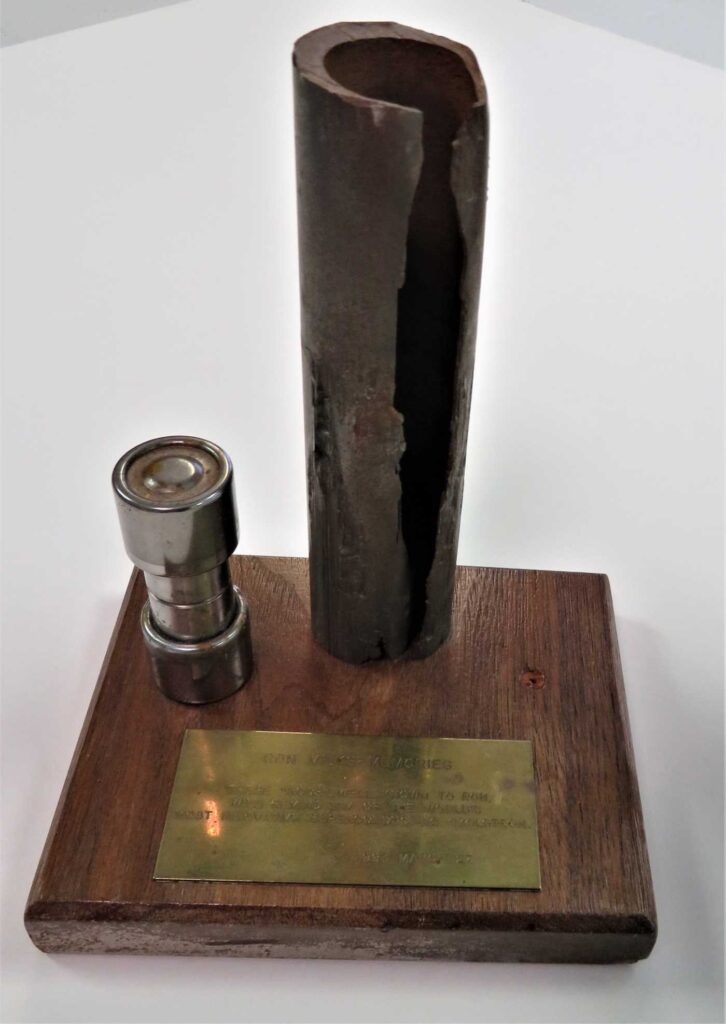A variety of electron tubes which depended on a glow discharge rather than a vacuum were the cold-cathode “Nixie” tubes used extensively in radiation detection/counting equipment. These tubes were constructed with a series of wires shaped to form the numbers from 0 to 9. Circuitry driving the tubes would produce a glow discharge in the gas in the tube (typically neon) near the desired number allowing a visual readout. Because these cold cathode tubes did not rely on heating and cooling of wires, Nixie tubes operated at relatively high counting rates. The name Nixie is believed to have been derived from the term “Numeral Indicator eXperimental” and the tubes, which were developed in the early 1950s, were used extensively in the nuclear industry in radiation counting experiments as well as voltage, current and frequency meters until the 1990s. Typical units were 3 cm in height and in diameter.






